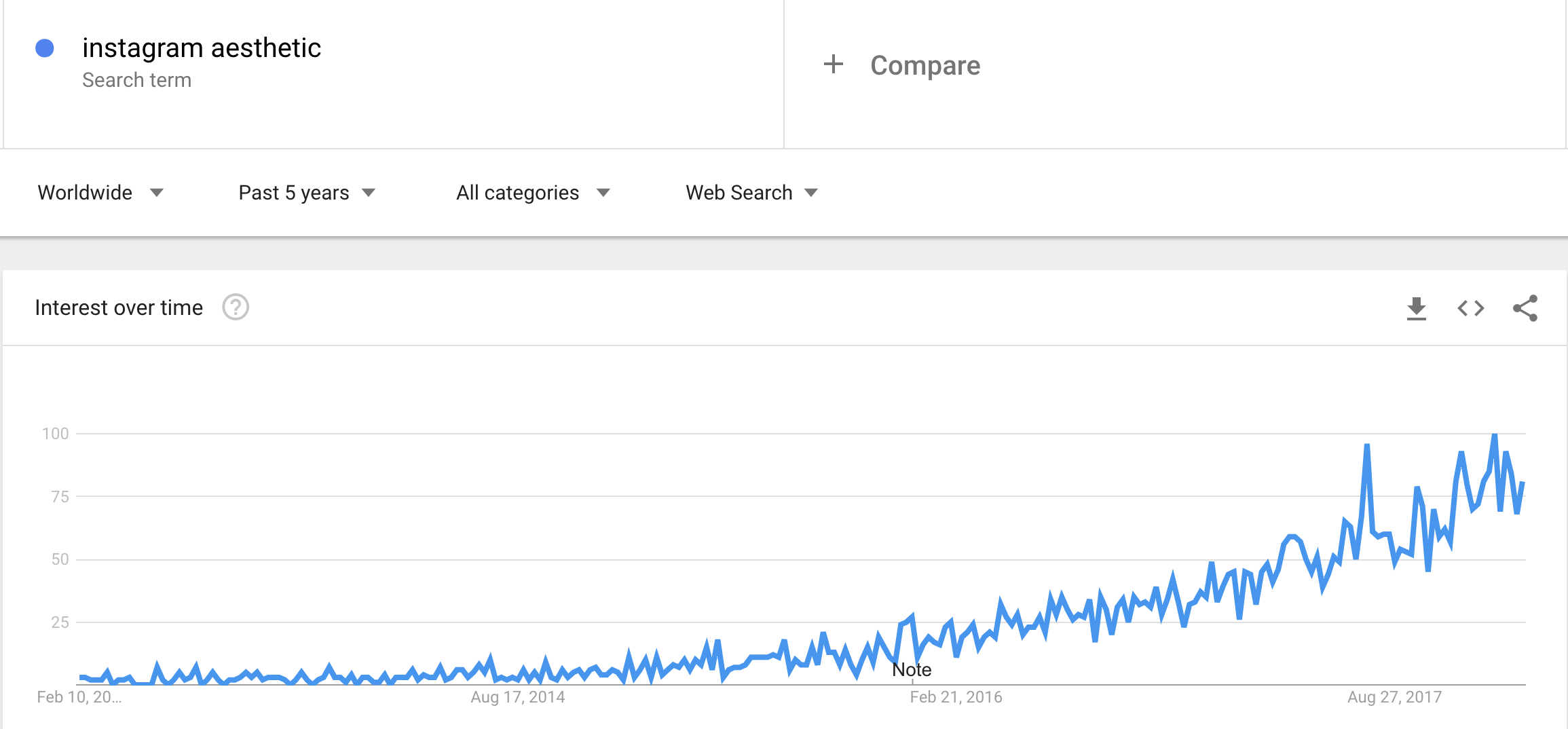We’ve all heard the false claim for years now: SEO is dead.
This couldn’t be farther from the truth.
What is dead are the quick fixes and shortcuts that defined SEO strategies in the beginning.
This post is not about how to get those back – far from it actually.
Honestly, you will probably have to spend some time to optimize your site properly.
But you don’t need a Ph.D. in computer science or machine learning to do it.
Don’t Forget These Basic SEO Strategies
It can be easy to get caught up in the latest SEO trends – mobile first, optimizing for featured snippets, using structured data – but you can’t take your eye off the ball.
This list has some of the most important SEO basics that anyone can apply to help their site rank better in the search engine results (SERPs), many of which I bet you skip.
1. Be Empathetic
User experience (UX) is not just an SEO tactic — it’s essential to the core of SEO.
A search engine’s number one function is to serve up the best possible answer to a user’s question. Every single ranking factor (including the remaining points in this article) boils down to user experience.
If you don’t invest time in a website that resonates, your site takes too long to load, or you don’t answer the right question, the users will leave. And that’s not going to reflect well on your site.
Start with the user. Put yourself in their shoes and create a site that’s functional.
Ask yourself:
- Does your site load quickly? (Page Speed)
- Did you answer their question? (Keyword and Content Strategy)
- Was it quick and easy for them to find that answer? (Page Layout)
- Did you give them something to do next and can they easily learn more about you if they’re interested? (Navigation and Site Structure)
Each of the basic SEO best practices stems from the value of a functional website.
2. Want Links? Build Relationships
Google weighs links so heavily because they’re still the cleanest way to measure whether you’re relevant to anyone other than yourself.
In the old days, it was easy to set link building on autopilot and watch the rankings roll in. But again, Google is smart and is looking for genuine authority to enhance UX. They will not be fooled by your spammy links.
Not only is it more important than ever for links to your website to be of quality, it’s a time consuming and often overwhelming mountain to climb.
Try taking a break from the “Hey I saw you wrote about this thing that I also wrote about so maybe you’d like to link to me” tactic.
Go offline and explore building links based on genuine connections – join an organization that will list you as a member or start a co-marketing campaign with a related business – form relationships and the links will come.
3. Words Matter, a Lot
This concept ties back to the first point on user experience, but it’s important enough to have its own spotlight. I’m not talking about picking the right keyword (which we’ll get to in a bit).
But slight adjustments in the actual language you choose can be the difference between a 10 percent click-through rate and 60 percent — which in turn (you guessed it), impacts your SEO.
Take time selecting the right language and organizing it in an impactful way and you will have a much better chance of engaging and converting an audience. Research shows that people respond more strongly to language that mirrors their own.
Plus, brushing up on how to make your headlines sexier and your calls to action more persuasive will help you stand out in the SERPs.
Don’t make the mistake of relying solely on a strong technical foundation — pull out your writer’s cap and get creative.
The old Upworthy trick of writing the same sentence or headline out multiple ways can be an effective way to push you past your perceived creative limitations.
4. Make a Checklist & Check It Twice
I’m sure you wouldn’t think twice about whether you should use a checklist while conducting a complete technical website audit. But it’s easy to get complacent when whipping together a quick blog or landing page. And since attention to detail is not a common strength amongst, well, humans; that’s a recipe for things to get missed.
Keep a checklist on hand so that when content brilliance strikes, you don’t leave out the basics. Create a note, build detailed task templates in your project manager, whatever will help you stick to it.
Don’t waste a solid piece of content by forgetting to add an H1. You will be the proverbial tree in the woods and no one will ever find the fruit of your hard work.
Here are some basic blog and site page structure musts that I keep on my checklist:
- Use the keyword in the URL, title, introduction, and conclusion.
- But don’t stuff the keyword (try for less than 5).
- Keep the title less than 65 characters.
- Include a mix of internal and external links (at least 2-3).
- Label the image alt-text according to the topic.
- Include the keyword in the meta description to improve CTR (keep under 250 words).
- Follow blog formatting style with heading tags and short paragraphs.
- Optimize for action (social sharing, conversion, next steps).
When using an on-page checklist, however, don’t forget about super simple SEO strategy number one: our friend, UX.
Oftentimes, starting with the checklist can actually hurt you. You get so focused on the technical requirements that your content starts sounding more like keyword-stuffed robot vomit circa 2005.
Think about the user, make an experience that will be valuable to them, and then go back to confirm you’ve covered the basics.
5. Create A Pillar Keyword Strategy
Stop trying to do a little bit of everything and instead get really good at one thing. This is a good life lesson but also happens to apply to your website’s keyword strategy.
For example, say you own a social scheduling software platform. You shouldn’t try to rank for every keyword that anyone ever searched somehow relating to “social” and “media.”
Start with a niche that makes you special (hopefully it has some juicy long-tail keywords to go along with it) and become the go-to source for that one thing.
Let’s run a scenario sticking with that social media software platform. Imagine you read an article (like this one) that illustrated the value of customer success as a marketing tactic.
So you decide that you will create a keyword strategy for your website that’s centered around helping your customers be more successful with their social media posts that they are scheduling through your platform – in turn, helping them reach their desired outcome from your tool.
Maybe you also notice that people have been using the word “aesthetic” a lot in reference to social posts.
You do some digging and find that there has been a steady upward trend over the past five years in searches related to “instagram aesthetic” (which, by the way, is internet-speak for the visual appeal of your Instagram feed – don’t get me started on the odd grammar choices Gen Z’s make).

You research a little further and see that the keyword also has a healthy 2,400/month search volume and pretty low competition – jackpot!
Don’t waste opportunities like this with a one-and-done. This is not the time to create a perfectly-optimized site page, put a bow on top, and go out for margaritas.
Instead, create a focused, deep-reaching strategy around that topic. Create multiple pieces of content that answer every possible question that people could have about Instagram aesthetics.
Be the go-to resource for that category and link everything back to your optimized primary page.
Some people call this a pillar content strategy, HubSpot has coined the term “topic clusters.” Whatever you call it, the idea is that there is strength in numbers when you have a focus.
A pillar keyword strategy establishes you as an authority on something, creates a strong internal linking structure within your website, and bonus, it makes your life easier.
Here are just a few ways that you could start to build upon the topic of “Instagram aesthetics:”
- 3 Key Reasons to Create an Aesthetic Instagram Page for Your Brand
- How to Have an Aesthetic Instagram Account Hipsters Kill For
- 51 Aesthetic Instagram Accounts to Inspire You
- How to Take Aesthetic Pictures for Your Instagram Feed
- Here’s Why Aesthetic Instagram Accounts Sell More Products
- How to Make Your Restaurant More Aesthetic for Instagram
- 7 Stores Designed Entirely for Instagram Aesthetics
- The Top 5 Aesthetic Mistakes You Can Make on Your Instagram Account
You get the picture.
You could pretty easily come up with 247 different topics on this one niche category alone that are relevant to buyers of a social media platform.
In this crazy world, in which 2.5 quintillion bytes of data are created each day, you’ll have a much easier time of building your website authority by defining some focus areas.
Focus on the End User
The simple truth is that everything in this list doesn’t matter without bullet number one: focusing on optimizing for the people who are using your website.
While there are fundamental best practices that you can apply to help the robot-based search engines along toward that end, Google, Bing, and other search engines are all still just trying to mimic a user’s intent.
If your SEO strategies are founded on an understanding of what’s best for the user and not a quick fix, you will set yourself up for long-term success. But this space is always evolving.
There is always something new to learn and test. This list could have been 10,000 words or more and still would not come close to scratching the surface.
It all boils back to the SEO fundamentals, which we should never forget.
More SEO Resources:





